Did you know that nearly 80% of pipe systems in older homes are ticking time bombs waiting to unleash chaos? We’re not just talking about minor leaks; the implications are more severe than you’d imagine.
With climate change intensifying and infrastructure aging, the risk of pipe corrosion has never been higher. Homeowners are facing unprecedented threats. Are you prepared to uncover the truths lurking beneath your floors?
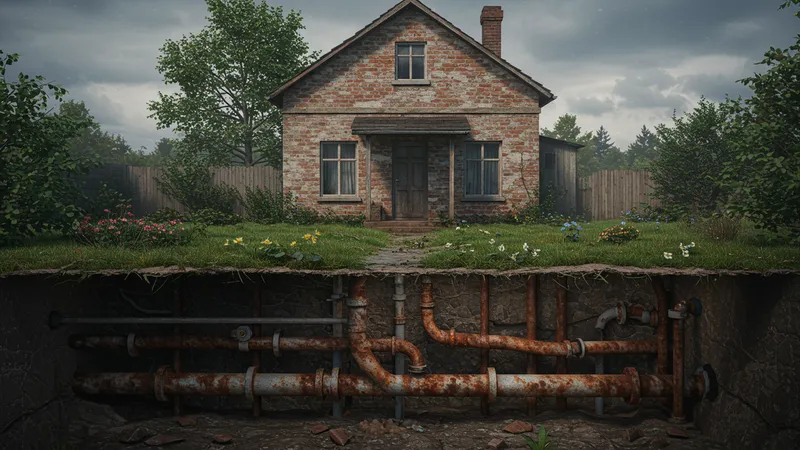
Most people believe that corroded pipes are just the burden of industrial facilities, but homeowners, especially those in historic neighborhoods, are in the crucible of corrosion's wrath. Rusty pipes aren't just potential water disrupters; they can hemorrhage thousands of gallons of water, spike your utility bill, and foster hazardous environments. But that’s not even the wildest part…
Corrosion in older homes is not just a maintenance nuisance; it may involve lead pipes that are a ticking biological hazard. Lead contamination is a sinister saboteur of health, sneaking unnoticed into your drinking water and wreaking havoc on human health, especially in children. You will soon learn the causes of these pipe nightmares and how they fuel this silent epidemic. But wait, there’s more... What happens next shocked even the experts…
Visible rust is just the tip of the iceberg. Corrosion often begins its dirty work undetected under carpets, behind walls, and within foundations. Homeowners frequently miss subtle signs like discolored water or reduced water pressure. Understanding these covert signals early could save thousands in potential repair costs. And yet, few realize just how insidious these issues are.
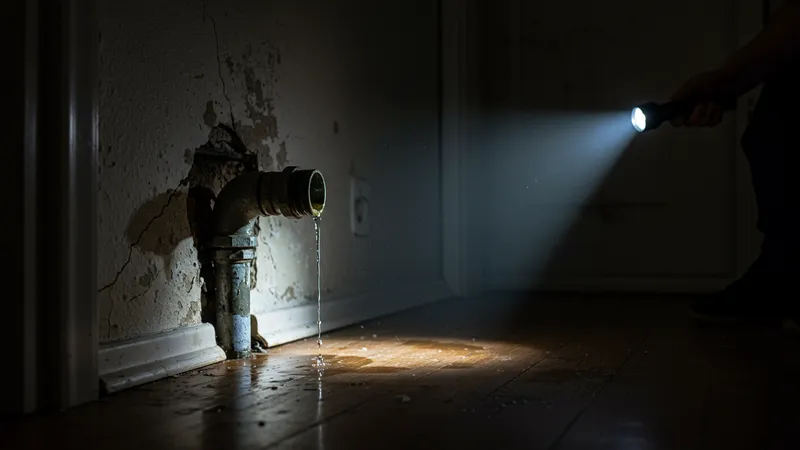
In fact, hidden corrosion does more than degrade your water supply; it weakens your home's structural integrity. Pipes that falter aren't just inconvenient—they're an accident waiting to happen, potentially leading to catastrophic flooding. The next time you notice a drip or hear a mysterious hiss, consider it a red flag waving frantically for attention.
But the real surprise lies in what’s causing all this silent damage: the very water that sustains your life. Mineral-laden water, particularly in hard water areas, accelerates corrosion significantly. Add to that recent research suggesting ordinary cleaners can exacerbate the problem, shocking even seasoned plumbing professionals.
Curious about the real dangers lurking behind your walls and how to combat these overlooked enemies? There's one more twist that most guides never mention. The following pages promise to change how you view your old home forever.
Old homes embody tales of eras past, yet beneath their charming façades lie corroding arteries that threaten their future. Homes built before the 1970s are widely known to contain materials now deemed hazardous. Cast iron and galvanized steel pipes prominent in these residences are particularly ravaging with time.
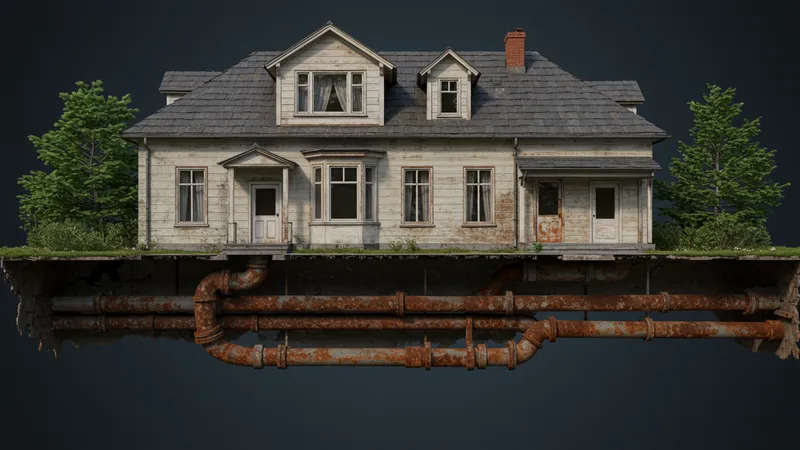
Surprisingly, vintage materials once thought to be the pinnacle of innovation have turned into silent assassins, driving corrosion at unexpected rates. In many cases, the corrosion is so advanced it poses a risk of sudden pipe bursts, leading to catastrophic property damage.
But it's not just about material science—it’s geography that mingles its hand in this dire fate. Regions with high alkaline or acidic soil accelerate pipe corrosion, unbeknownst to many homeowners until it's too late. This geographical poison is hardly recognized before water calamities strike.
Ready to dive into how these factors intertwine to create a perfect storm for corrosion? There’s more to uncover as we pull back the layers on how these hidden hazards accumulate. The real revelation might surprise even the most seasoned home inspectors.
Pipe corrosion is more than a homeowner's nightmare; it's an environmental crisis in disguise. Corroded pipes don't just compromise interiors; they pose severe ecological risks by leaching toxic metals into the surrounding soil and watershed.
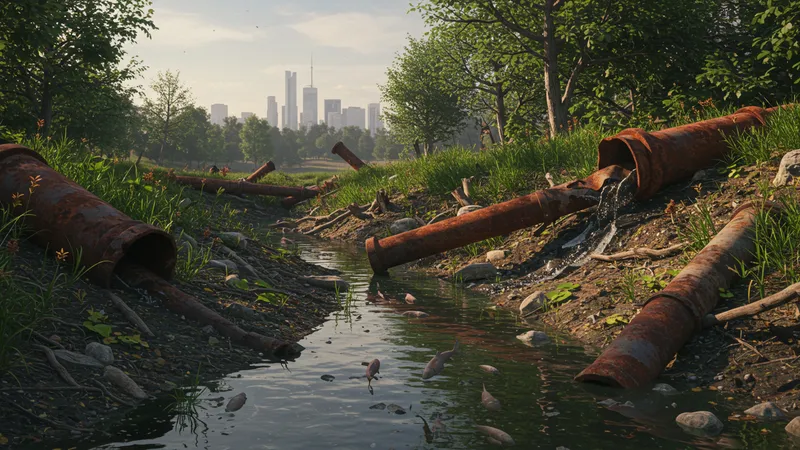
Lead and other harmful chemicals from deteriorating pipes infiltrate natural habitats, sowing devastation among plant and animal life alike. Findings reveal aquatic ecosystems in urban areas already show alarming contamination levels due to infiltration from household plumbing systems.
This isn't just in theory. Large-scale studies have highlighted a notable increase in metal deposition downstream from residential sites, sparking broader discussions about ethical urban planning and sustainable infrastructure overhauls. Yet, it's a topic rarely entering conventional discussions.
How long can this environmental ticking time bomb go unnoticed? It's about more than protecting resources; it's safeguarding the natural world from preventable tragedies. Your next step could make all the difference in reversing these trends.
We've all heard about contaminated water horror stories, but did you know that your seemingly clean water can mask invisible killers birthed from corroded pipes? More frequent than acknowledged, lead and copper leaching transform kitchen taps into unwitting dispensers of illness.
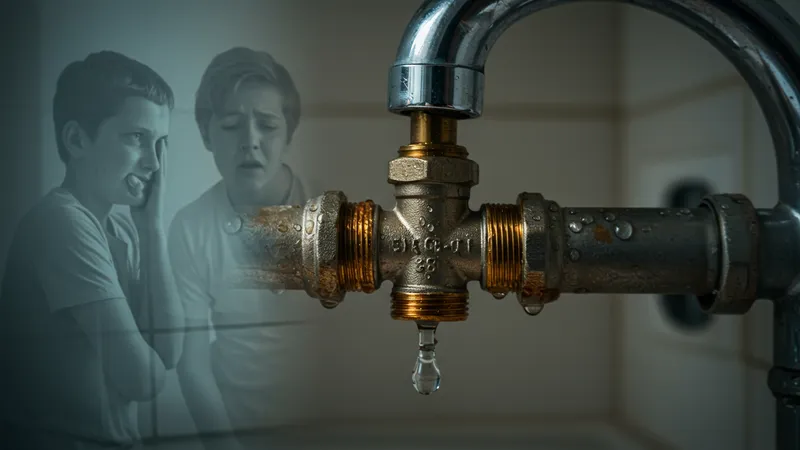
For children, the consequences can be disastrous. Lead exposure is tied to developmental delays, cognitive impairments, and behavioral issues. Even at low exposure levels, adults aren't immune to adverse health effects, battling issues from kidney damage to hypertension.
Yet, public awareness remains overshadowed by other health concerns. Surprisingly, a recent poll found that half of homeowners weren't aware of potential risks, and even fewer routinely test their water—astonishing oversight in the age of information.
Want to protect your family but don’t know where to start? There’s a glimmer of hope on the horizon, with new technologies offering safety advances beyond traditional solutions. Keep reading to discover what you can do to shield your family from these threats.
In the battle against pipe corrosion, cutting-edge technology promises a breakthrough in home safety and efficiency. Recent advancements like electrochemical repairs and smart water sensors transform what seemed like science fiction into practical reality.
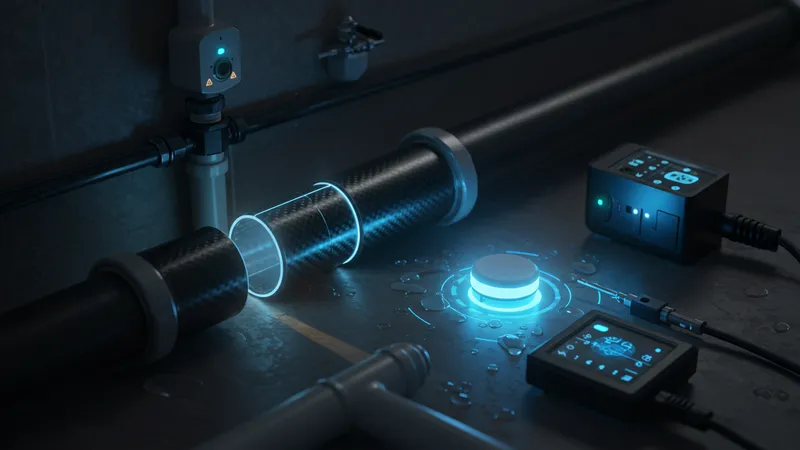
Carbon-fiber lining, for instance, offers a revolutionary approach by reinforcing failing pipes without the need for invasive replacements. A method lauded in engineering circles for being both cost-effective and environmentally friendly.
Meanwhile, smart water systems enable real-time monitoring with pinpoint accuracy, sending alerts at the first sign of potential leaks or quality degradation. These systems offer much-needed peace of mind, allowing homeowners to act swiftly.
Intrigued by how these innovations can redefine home maintenance? What you’ll discover next will inspire even the most skeptical. Smart technology might hold the key to preventing a plumbing crisis in your home.
Tackling pipe corrosion proactively can save you significant time and money. Regular inspections by professionals can pinpoint early warning signs before they escalate into full-blown disasters.
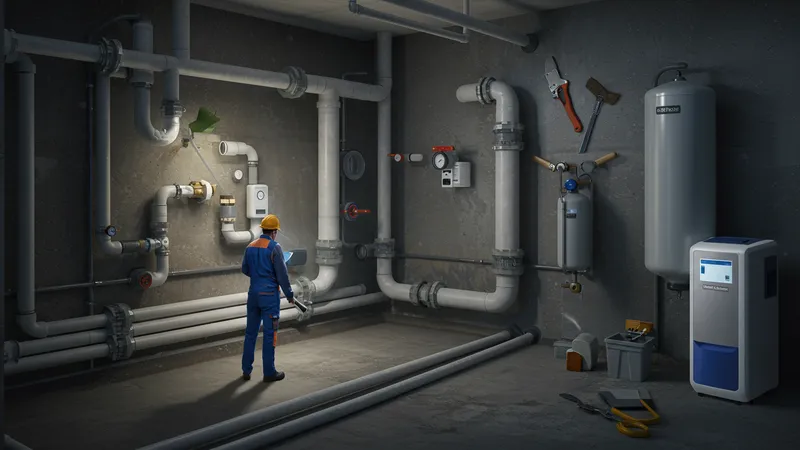
Applying protective coatings, replacing sections of high-risk materials, and installing water softeners where necessary are practical interventions every homeowner should consider. Investing in these preventive measures ensures longevity and security.
Surprisingly, few homeowners realize the impact simple maintenance can have. Routine pipe flushing, for instance, can significantly reduce sediment buildup, known to exacerbate corrosion.
But what's challenging this straightforward advice is…the human factor. Complacency often prevails, and reactive approaches overshadow proactive stewardship. Are you ready to take steps that many ignore?
The cost of ignoring pipe corrosion extends beyond home maintenance. Insurance claims frequently don’t cover widespread water damage due to neglect, leaving homeowners financially strained and without recourse.
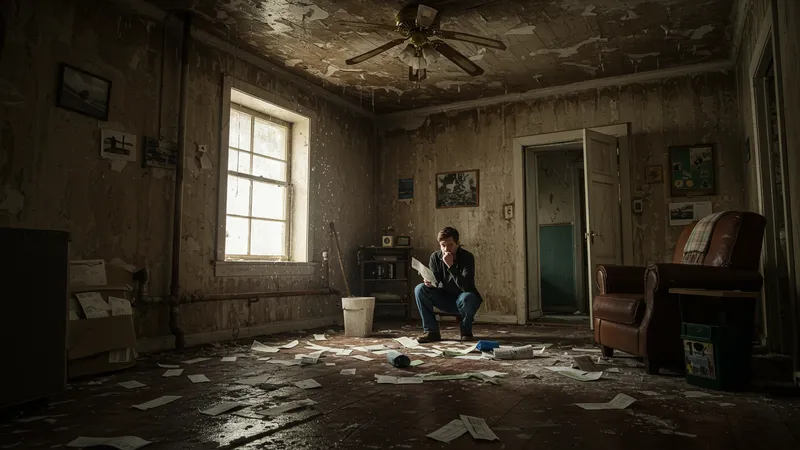
Annual repair costs from neglected corrosion issues in older homes accrue rapidly, rendering initial investments in corrosion prevention financially savvy. The hard truth? Paying upfront could mitigate tenfold future expenses.
A lesser-known fact is that the real estate value of homes with outdated piping systems often plummets, affecting marketability. Prospective buyers tread cautiously when faced with potential hidden costs.
This financial burden extends beyond repairs, influencing mortgage rates and insurance premiums, which frequently rise with increased risk. Could it be time to rethink what "hidden costs" really mean in your home investment strategy?
Among the plethora of myths spun around home plumbing, the most pernicious is that only visible leaks matter. In truth, unseen chemical reactions can corrode pipes from the inside, undetected without professional assessment.
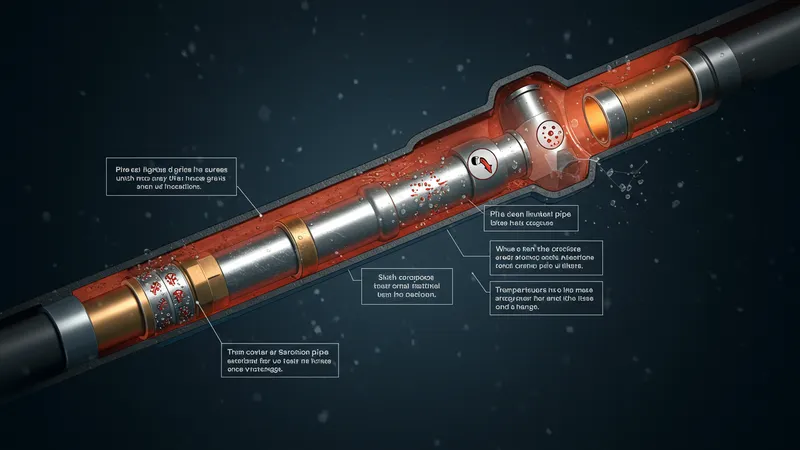
Another surprisingly common misconception is that plastic pipes, which replaced many older systems, are immune to these issues. While more resistant, they are still susceptible under certain conditions, such as drastic temperature changes.
Then there's the belief that annual water testing isn't necessary unless problems are evident. Routine testing, however, can catch early contamination signs, providing critical insights into your plumbing's health.
But perhaps the most compelling myth to demystify is that preventative plumbing measures are unnecessary just because things "look fine." Are you ready to challenge these beliefs and engage in informed home care?
Beyond personal inconvenience, ignoring pipe corrosion risks invites potential legal liabilities. Lawsuits can arise from water damage affecting neighboring properties, holding homeowners accountable for negligence.
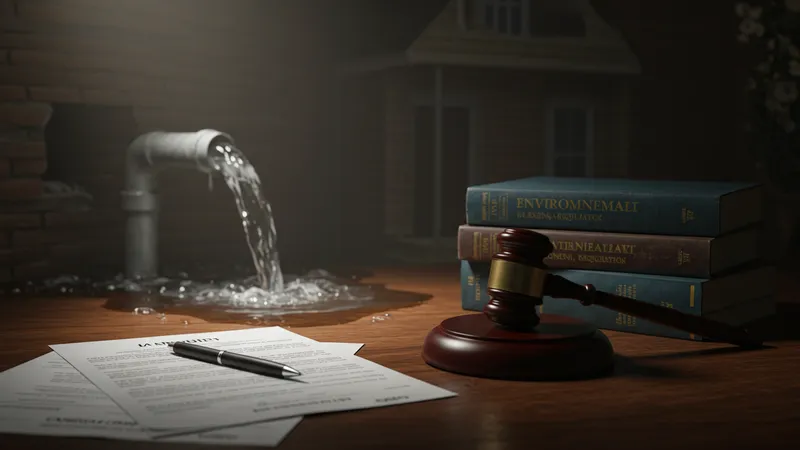
Environmental regulations also play a role. Non-compliance with local safety standards relating to lead and other harmful substances can result in hefty fines, beyond physical repercussions.
Real estate transactions increasingly demand disclosure of plumbing conditions, and inadequately addressing issues might hinder property sales or invite disputes down the line.
With regulatory stringencies tightening, being proactive isn't just wise; it's legally imperative. Your actions today could safeguard against tomorrow’s legal entanglements. How will this influence your approach to home maintenance?
Consider the story of a century-old Victorian home whose neglected piping eventually led to devastating damage and exorbitant repair bills, teaching an expensive lesson in preventative care of historical properties.
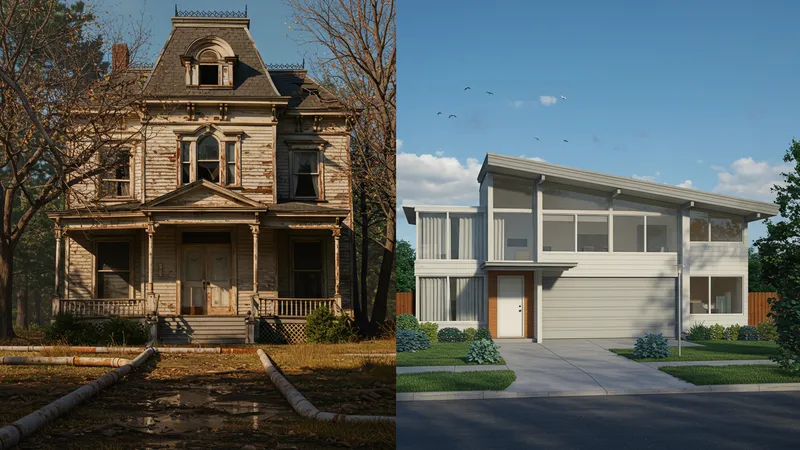
Contrasting this is the tale of a mid-century homeowner who invested wisely in modern technologies, saving thousands over time and championing a mixed-material solution that neighbors have since emulated.
These narratives underline the contrasts between ignorance and innovation, demonstrating how informed decisions can change trajectories. They exemplify the realities many face, navigating complex maintenance landscapes.
Eager to find out how these experiences mirror or diverge from your own? As you read on, brace yourself for revelations grounded in real-world intricacies that might inspire your next steps in home care.
Innovations in plumbing technology continue to unfold, with groundbreaking techniques becoming mainstream. From trenchless pipe replacement to epoxy pipe coatings, solutions that reduce disruption while enhancing durability are gaining traction.
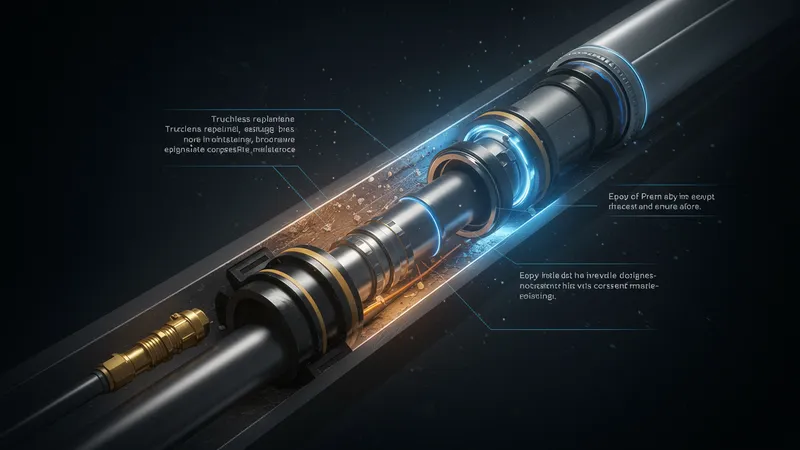
New composite materials, engineered to withstand high pressures and corrosive environments, are being adopted more widely, offering durability that promises to extend beyond traditional lifespans of historical plumbing solutions.
Passive surveillance systems are taking the industry by storm, providing constant real-time data feedback, enabling early intervention and deterring potential disaster scenarios before they unfold.
The implications? A future where plumbing nightmares are obsolete, replaced by sustainable, efficient strategies. The daring evolution of these solutions is well-paced to redefine norms and expectations in the plumbing industry.
Experts across the board concur on the necessity for immediate, proactive engagement with your home's plumbing. Routine checks should transition from an afterthought to an annually scheduled necessity.
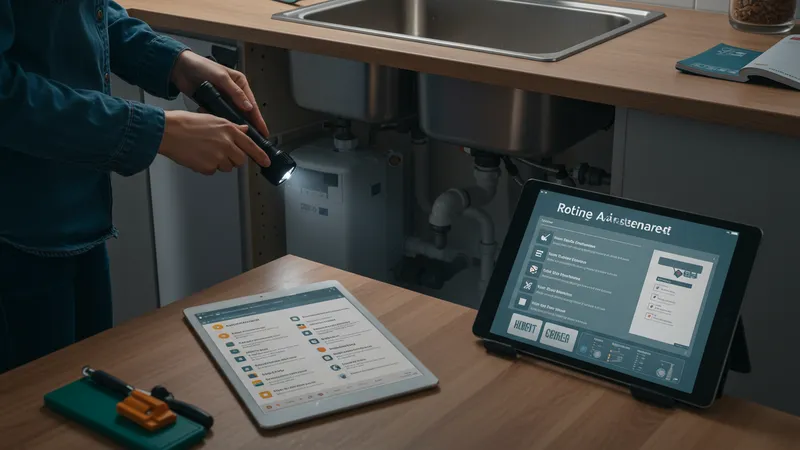
Strategic installations of water softeners, the introduction of microbial inhibitors, and consistent monitoring are techniques specialists advocate for corrosion mitigation, reducing potential repercussions.
The call for upgraded water delivery systems is not merely about convenience; it's a strategic move toward environmental stewardship and public health safeguarding, outpacing conventional approaches.
You’re poised at an intersection of possibility. The insights next could redefine how you manage your property investment's safety and longevity with wisdom drafted from seasoned perspective.
It's not just about protecting your home; it's about reshaping the narrative around homeownership for generations to come. With these actionable insights, you hold the power to transform not only your living space but how communities engage with historical infrastructures. Don't let this be the last step in your learning journey. Bookmark this page for future reference, and share it with friends and family to spread the wisdom and pledge proactive home stewardship today!